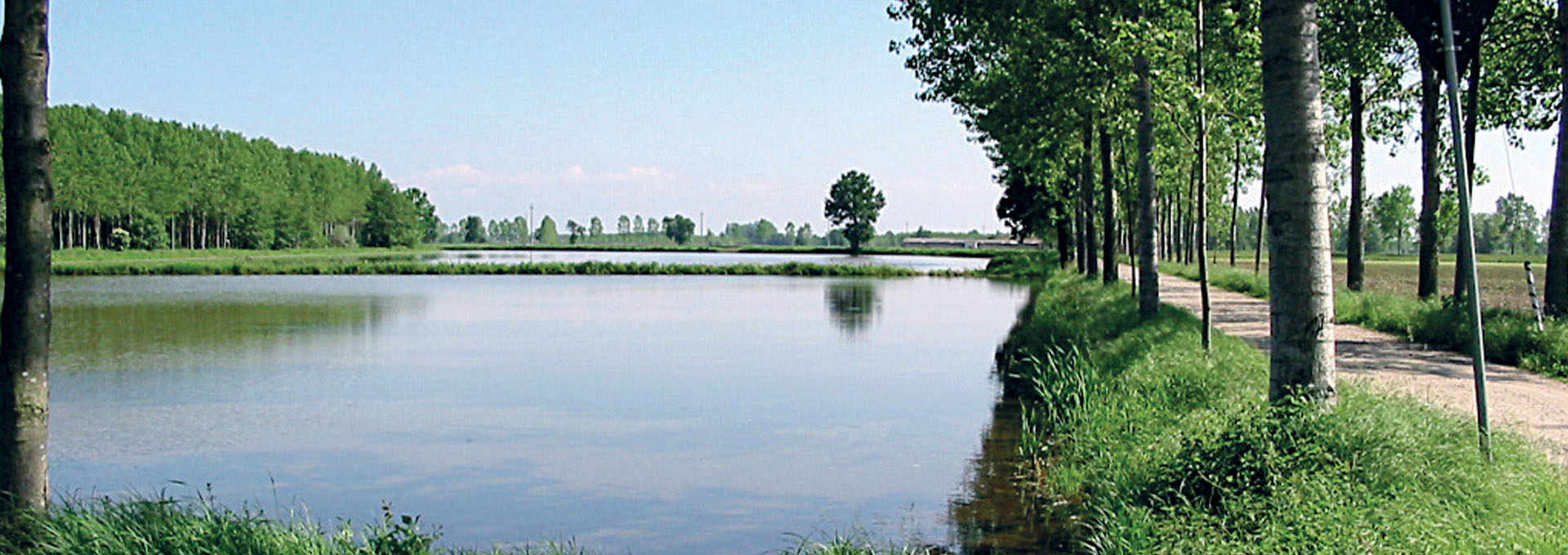 Get more of ArteCibo delivered to your inbox
Get more of ArteCibo delivered to your inboxSign up for free newsletter

Riserva San Massimo Farm stands out for the supreme quality of its rice and for the farming methods employed, with a tremendous respect for the environment. Located in Groppello Cairoli, in the province of Pavia, Riserva San Massimo is one of the most interesting areas within the Lombard Park of the Ticino Valley, for its flora and fauna, as well as for its ecology. Since 2004, the farm has been allowed to use the Parco Ticino mark, an acknowledgement bestowed on the businesses which abide by its regulations.
The Carnaroli Rice of Riserva San Massimo Farm
The farm grows one of the most prized and sought after rice varieties, particularly suited for risottos. The Carnaroli rice grain is elongated and differs from more common varieties for its high starch content and firm texture, which is fundamental the mantecatura (“creaminess”) of risotto. It also rich in amylose, one of the two components of starch, which best endures the slow cooking required by risotto and prevents rice from being overcooked.
The stages of Carnaroli cultivation at Riserva San Massimo Farm
Every step of the cultivation of the Carnaroli Rice occurs in total compliance with the ecocompatibility criteria. It takes 165 days to grow the real Carnaroli rice, which reaches the record height of 170cm as it ripens. One of the dangers that come with height is stem bending, in case of strong winds and exposure to the elements. One of the most trusted methods to prevent this risk, as well as an attack by the rice water weevil, is line sowing in dry soil. In such an environment, the seed will find the best conditions to develop strong roots and tillers, which will contribute to the resistance of the plant. The Carnaroli Rice plants are extremely sensitive to cold weathers during germination, which occurs approximately in mid-June. Another disadvantage is the low yield. Furthermore, as if it were not difficult enough, the rice hulls are quite heavy, making threshing a careful, meticulous process. When the harvest has been completed, the rice is subsequently processed to be sold. Operations include winnowing, hulling (to obtain brown rice) and polishing (to obtain white rice).
